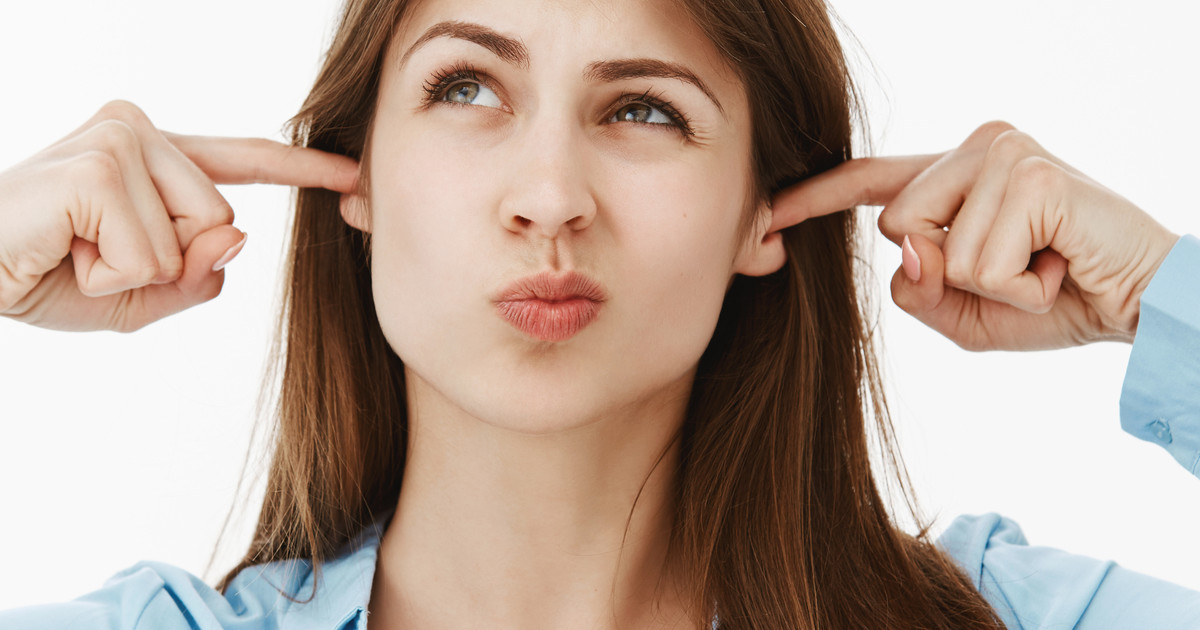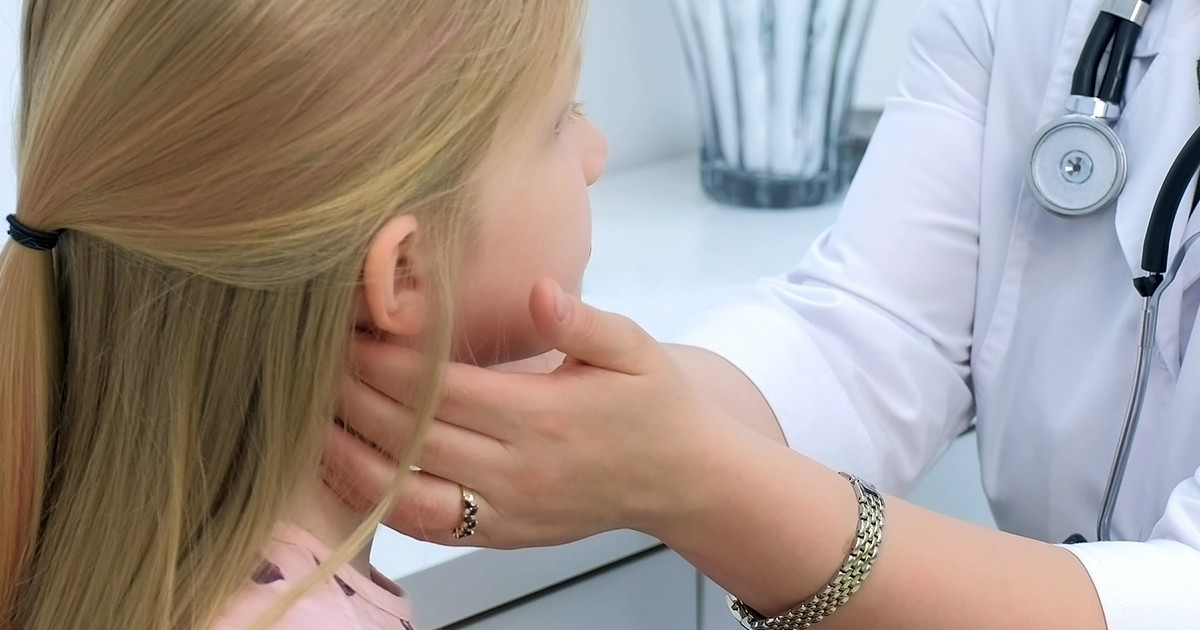Iconic Symptoms Of Turner Syndrome
Turner syndrome only affects females. It occurs when one X chromosome is partially or entirely missing. This syndrome may lead to multiple different developmental and medical issues, many of which are physically apparent. Sometimes the condition will be diagnosed before birth. In other cases, the syndrome is diagnosed when a person is an infant or a young child.
Turner syndrome treatment is necessary to manage the symptoms. Growth hormone therapy for Turner syndrome is fairly common. Many patients will also require estrogen therapy for Turner syndrome in order to begin puberty. All patients will need a team of specialists to treat various aspects of this condition. One example is a developmental therapist for Turner syndrome. Others are endocrinologists, orthopedists, and cardiologists. This team can change over time as a patient's symptoms and needs evolve.
Low-Set Ears

Low-set ears are common in individuals with Turner syndrome. These are present from birth and may lead to a diagnosis of the condition in infancy. Other physical abnormalities often accompany the ears. The ears are also often more prominent than the average person's. This is because they tend to rotate outward instead of lying flat against the sides of the head. Hearing loss is one of the common complications of this symptom. An individual might have normal hearing upon birth, but this may decline over the years. Sometimes the hearing loss happens because there's a progressive loss of function in the nerves.
Turner syndrome patients are also at a heightened risk of having middle ear infections because of their low-set ears. These frequent infections can lead to hearing loss. The middle ear refers to the place behind the eardrum that is filled with air and the ear bones. When bacteria or fungi infect the air, it can lead to damage to the bones. These bones vibrate to produce sound. If they cannot vibrate properly, they will not transmit sound properly.
Read about more symptoms of Turner syndrome now.
Jaw And Palate Abnormalities

Jaw and palate abnormalities are also common with Turner syndrome. Patients may have a high and narrow palate, and their lower jaw may also be unusually small or receding. Abnormalities in these structures can lead to abnormalities in tooth development. It is common for Turner syndrome patients to have a misaligned bite and a higher risk of tooth decay. Thus, compassionate dental care is an important aspect of managing Turner syndrome.
Not everyone with Turner syndrome will have the same jaw and palate development. In addition to the palate and jaw abnormalities, Turner syndrome patients might have dental abnormalities that include thin enamel, too little dentin, roots that are too short, and a reduction in the size of their teeth. The receding jawline may also cause teeth to erupt early, and the mouth may be crowded with adult teeth. Because of this, Turner syndrome patients may develop periodontal disease, and they may be more likely to need teeth removed than the average individual.
Keep reading to learn about more symptoms of Turner syndrome now.
Slowed Growth

A Turner syndrome patient will often have slowed growth. This will become apparent during infancy and continue throughout childhood. Most Turner syndrome patients are relatively short in stature. Geneticists have discovered that issues with the short-stature homeobox (SHOX) gene are among the main causes of Turner syndrome. This gene affects skeletal development and growth. When one X chromosome is missing from this gene, there are effects on the skeleton's development.
Unlike with many other disorders that cause short stature, Turner syndrome patients do not typically lack growth hormone. The pituitary gland creates growth hormone. However, the body of a Turner syndrome patient does not use it efficiently. Patients will often see a dramatic increase in their skeletal growth by taking artificial hormones to supplement their natural ones. Treating an individual's short stature affects the other treatments they may pursue. The earlier that a patient receives treatment, the greater their chances are of achieving a close-to-average height. Many patients find that the velocity of their growth begins declining significantly between two and four years old.
Get the details on additional warning signs of this condition now.
Wide Neck

A wide neck is a characteristic symptom of Turner syndrome. Around thirty percent of patients will have extra skin folds on their neck. This is medically referred to as a webbed neck. Their hairline may also come to a low point on the back of their neck. This is instead of ending at the back of their head. The 'webbing' on their neck will start at the sides of their neck and extend to their shoulders. As the term implies, the folds of skin look like webbing on an amphibian's hands.
A webbed neck will not often cause problems by itself. However, it may be accompanied by bone abnormalities that cause issues with the skeletal structure. Turner syndrome patients do not have an inherently higher risk of suffering from psychological issues. However, anxieties about appearance are common in girls, especially pre-adolescents or those going through adolescence. These appearance-based anxieties may sometimes cause self-esteem issues that may, in turn, lead to depression.
Reveal more iconic Turner syndrome symptoms now.
Short Toes And Fingers

With Turner syndrome, patients are likely to have short toes and fingers. The toenails and fingernails may also be narrower than average. They may turn upward. It is common for the feet and hands to be swollen, particularly at birth and throughout infancy. The short toes and fingers tend to be related to the skeletal abnormalities and issues with growth. Some patients may see a lengthening in their toes and fingers if they treat the issue with synthetic growth hormone.
However, treatment must be done in time. If synthetic growth hormone is administered after the hands and feet have finished growing, it will not make a difference. A common imaging test is an x-ray of the hand and wrist. This will show how much growth potential an individual with Turner syndrome still has in their extremities. If the growth plates have closed, the hands and feet will not typically grow anymore.
